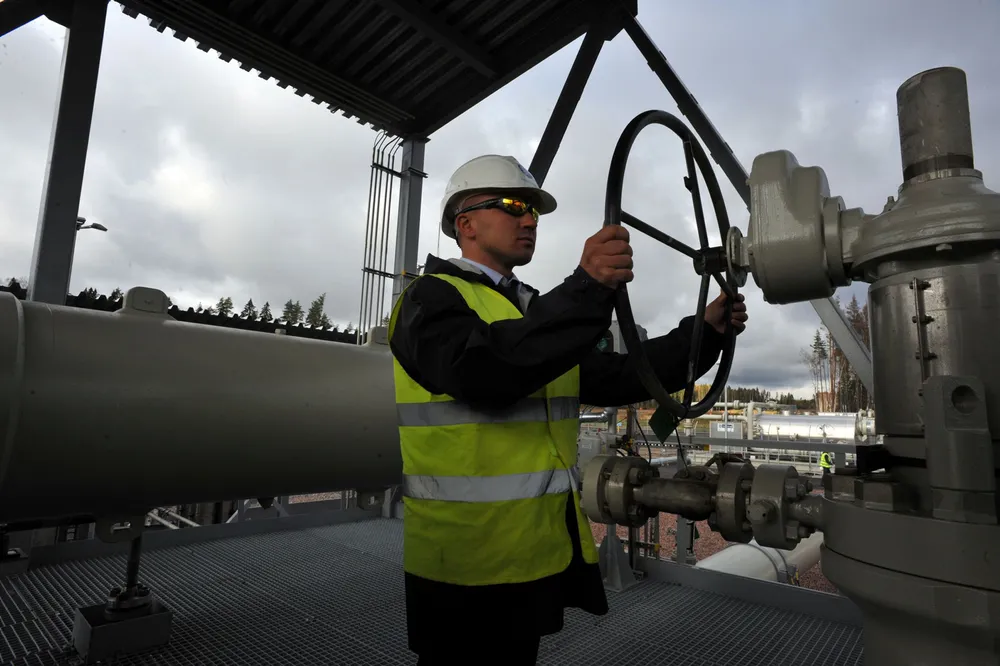Gazprom reduces gas supplies to Germany and Italy
Gas behemoth blames external factors for transmission shortfall at Russian Baltic Sea coast but reason for fall in supply to Italy is less clear

Gas behemoth blames external factors for transmission shortfall at Russian Baltic Sea coast but reason for fall in supply to Italy is less clear
